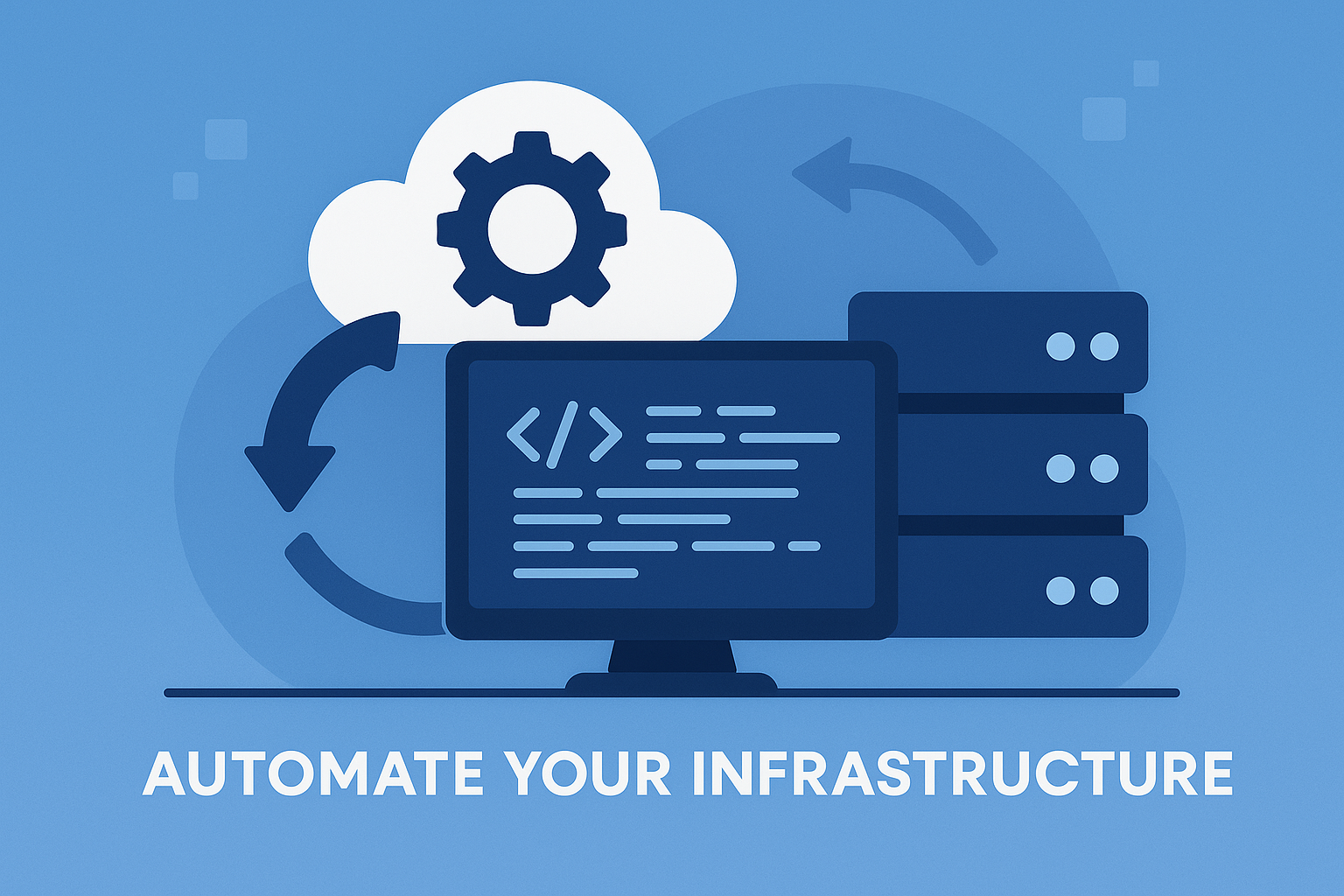A monolith refers to a traditional software architecture where all components of an application are tightly coupled and interconnected, forming a single, unified codebase. In a monolithic architecture, all of the application’s functionalities—such as user interface (UI), business logic, and data management—are part of a single, large executable or codebase, which is deployed and operated as a whole.
Key Characteristics of Monolithic Architecture:
- Single Codebase: In a monolithic architecture, all the components (UI, backend logic, database, etc.) are part of one codebase. This means that even small changes to a feature may require rebuilding and redeploying the entire application.
- Tightly Coupled Components: The different layers of the application (presentation layer, business logic layer, data access layer) are tightly coupled. A change in one component often affects others, making it harder to modify, test, or scale parts of the application independently.
- Unified Deployment: The entire application is deployed as a single unit. If one part of the application fails, it can potentially bring down the entire system. Similarly, updates require the redeployment of the whole application, even if changes are limited to just one module or feature.
- Shared Resources: Monolithic applications often rely on a single database or shared infrastructure for all components, making it difficult to isolate data or resources for individual parts of the system.
- Limited Scalability: While monolithic applications can be scaled, they often require vertical scaling (increasing the resources on a single server) rather than horizontal scaling (spreading the load across multiple servers), which can limit their ability to handle large-scale growth efficiently.
Benefits of Monolithic Architecture:
- Simplicity in Development: Monolithic applications are easier to develop at the start since all the components are part of a single project. This can make it simpler for small teams to work together and manage the application.
- Easier Testing: Since everything is in one place, testing the application is more straightforward. There’s no need to worry about managing complex inter-service communication, as everything runs within the same process.
- Less Overhead: A monolithic application typically requires less infrastructure and operational overhead than a microservices-based architecture. There’s no need for managing service discovery, network communication, or complex deployment pipelines.
- Single Deployment Pipeline: Deploying a monolithic application is simpler because everything is packaged and released together. There are fewer moving parts, which can simplify deployment automation.
- Shared Resources: Since all components share the same database and infrastructure, monolithic systems avoid the complexity of managing multiple databases and services.
Drawbacks of Monolithic Architecture:
- Lack of Flexibility: As applications grow in complexity, making changes in a monolithic architecture becomes more difficult. A small change to one part of the system may require understanding and modifying the entire codebase.
- Slow Development Speed: In a large monolithic application, developers working on different features may step on each other’s toes. As the codebase grows, adding new features or fixing bugs can slow down because of dependencies between different parts of the system.
- Scaling Challenges: Scaling a monolithic application often means scaling the entire application, even if only one part of it is facing high demand. This can lead to inefficient resource use, as other parts of the system may not need the additional resources.
- Deployment Bottlenecks: Every time a feature is updated or a bug is fixed, the entire application needs to be redeployed. This can lead to longer deployment times and increased risk of downtime or failures.
- Technology Lock-In: Monolithic applications are typically built using a single technology stack (e.g., Java, .NET). As a result, teams cannot easily introduce new languages, frameworks, or tools for different parts of the application without refactoring the entire system.
- Fault Tolerance: A failure in one part of the system can affect the entire application. For example, if the payment module in an e-commerce platform has issues, it might bring down the entire site, even though other parts of the application are functioning properly.
Comparison to Microservices Architecture:
- Modularity: In contrast to a monolithic architecture, microservices break the application into smaller, independent services, each focused on a specific business function. This modularity allows for more flexible development, deployment, and scaling.
- Scalability: Microservices allow for horizontal scaling of individual components, meaning that only the high-demand services need to be scaled up, unlike in a monolith, where the entire application must be scaled.
- Deployment Flexibility: Microservices can be deployed independently, reducing the need to redeploy the entire system when only a single service is updated, unlike in monolithic applications.
When to Use Monolithic Architecture:
- Small, Simple Applications: For small applications or startups, monolithic architecture is often the preferred approach since it’s easier to manage, build, and deploy with limited resources and simpler infrastructure needs.
- Tight Deadlines: When speed of development is the priority and there is less need for future scalability or complex features, monolithic applications offer a fast and straightforward development process.
- Smaller Teams: If you have a small development team, the simplicity of monolithic architecture makes it easier for everyone to work on the same codebase without the added complexity of managing multiple services.
- Low Traffic/Low Scalability Requirements: If the application is not expected to grow significantly in terms of user base or traffic, a monolithic approach can be sufficient without the need to invest in the complexity of microservices.
Transitioning from Monolith to Microservices:
Many organizations begin with a monolithic architecture and later transition to microservices as their application grows in complexity. This usually involves identifying core functions within the monolith and gradually breaking them into independent services. The transition process can be challenging and requires careful planning around service boundaries, data management, and communication between the newly formed services.
In summary, a monolith is a single, unified application where all components are interconnected, making it easier to develop and deploy at first but potentially harder to scale and maintain as the application grows in complexity.



